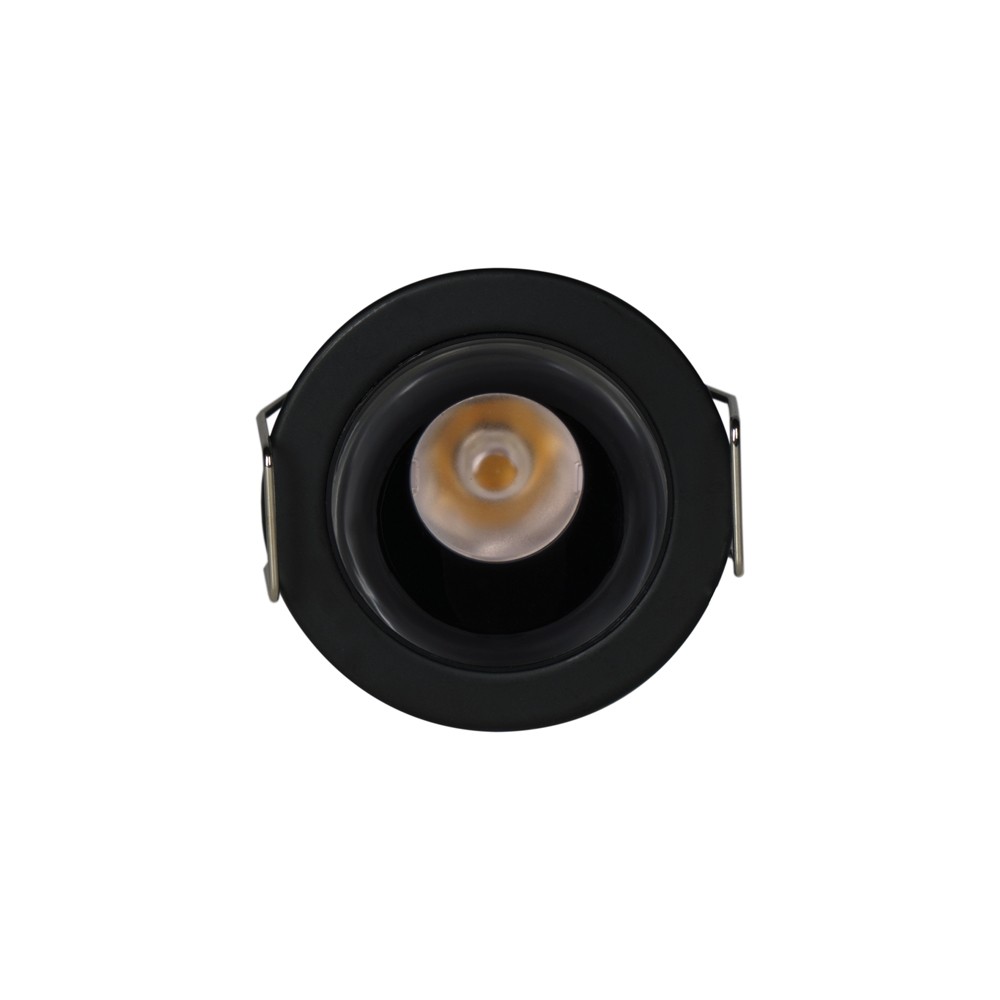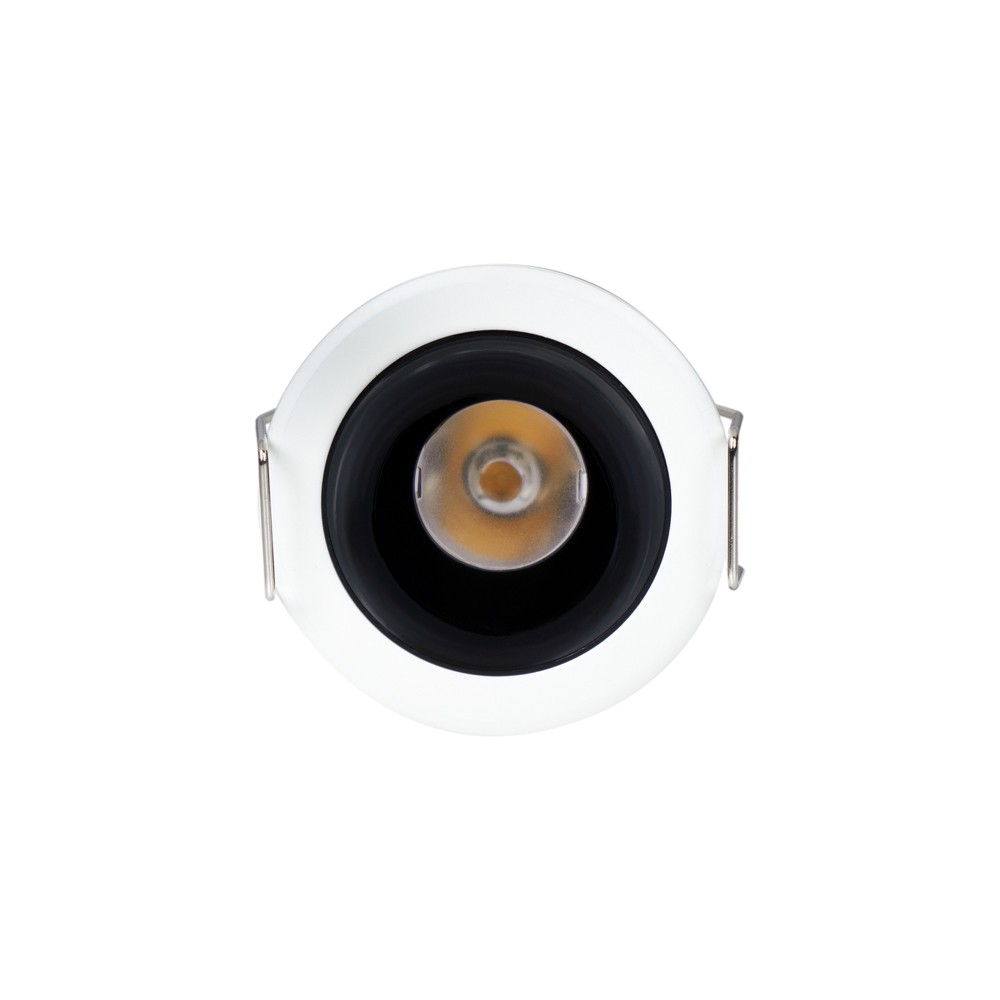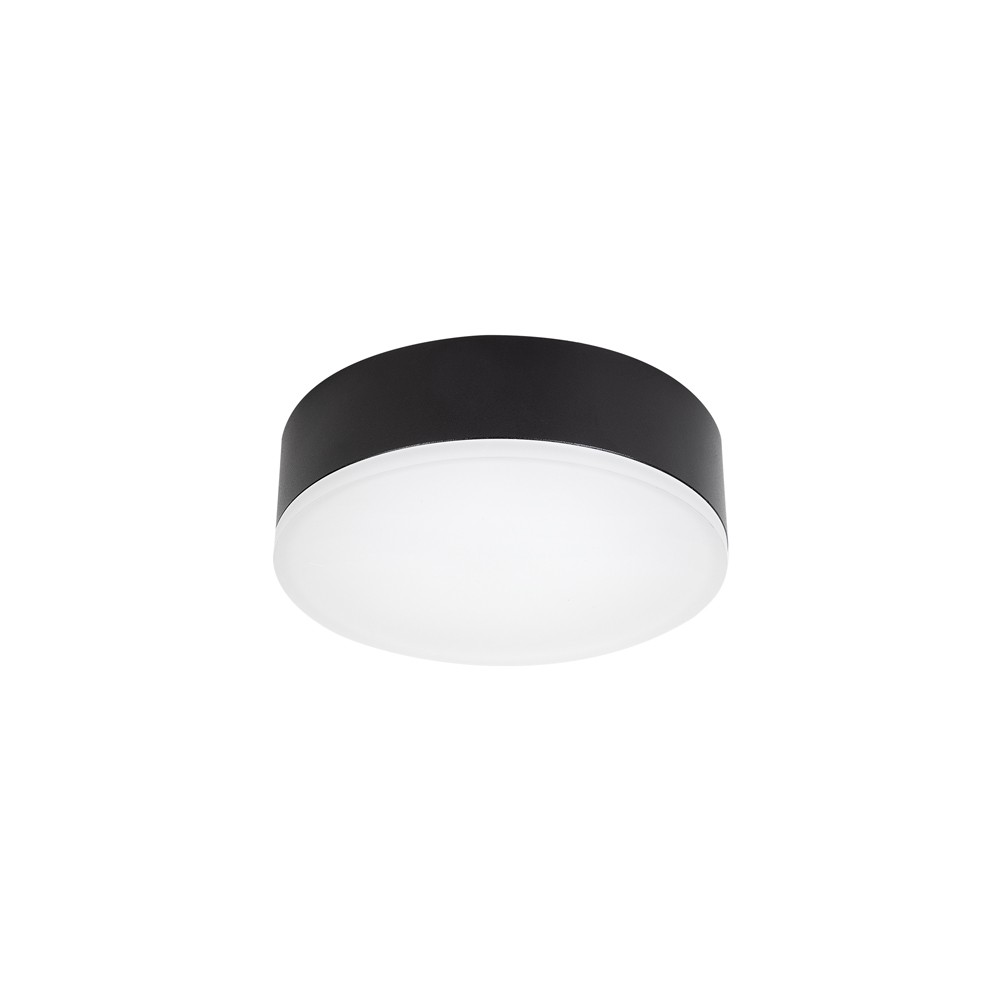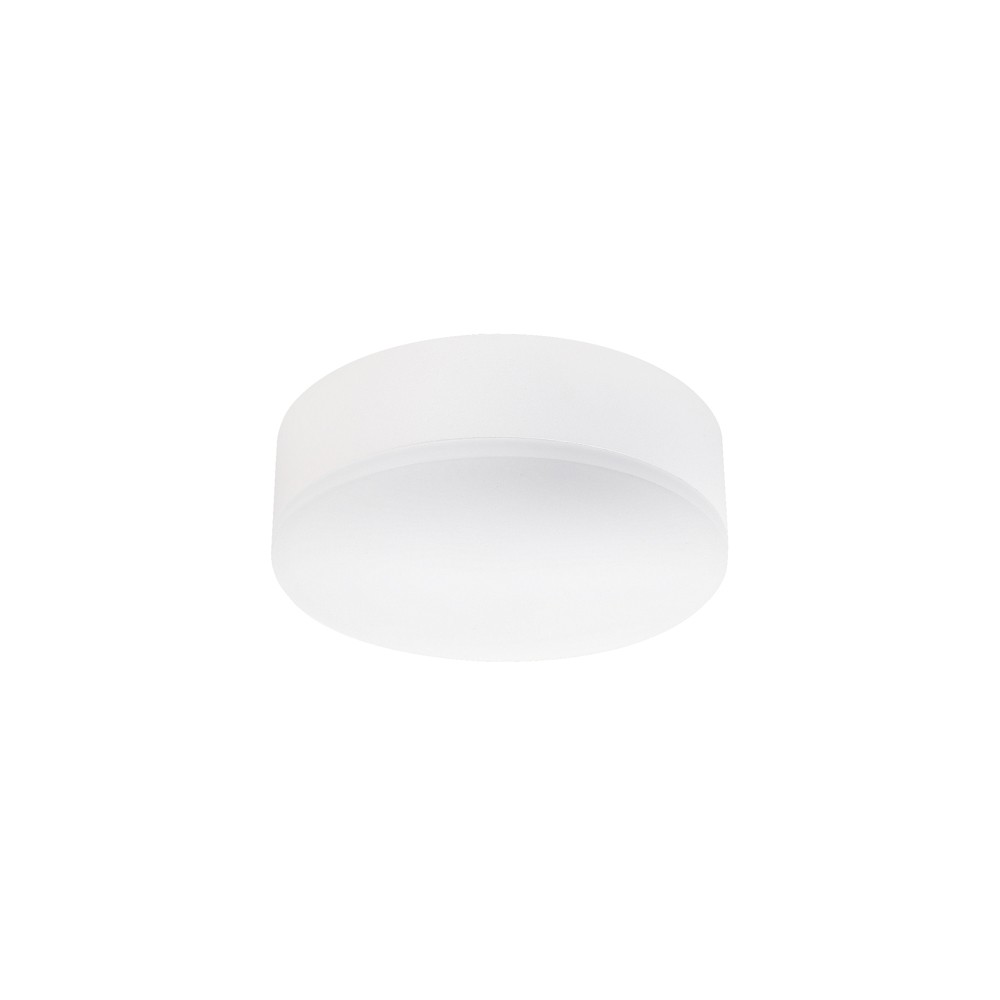LED driver is an electronic component used to control and manage the electric current and electrical voltage required for the illumination of LEDs. The LED driver plays a similar role to the transistor in electronic circuits and can precisely control the current flow so that the LEDs work properly. These drivers are usually created using simple electronic circuits and can be easily used in various circuits. What is LED driver?
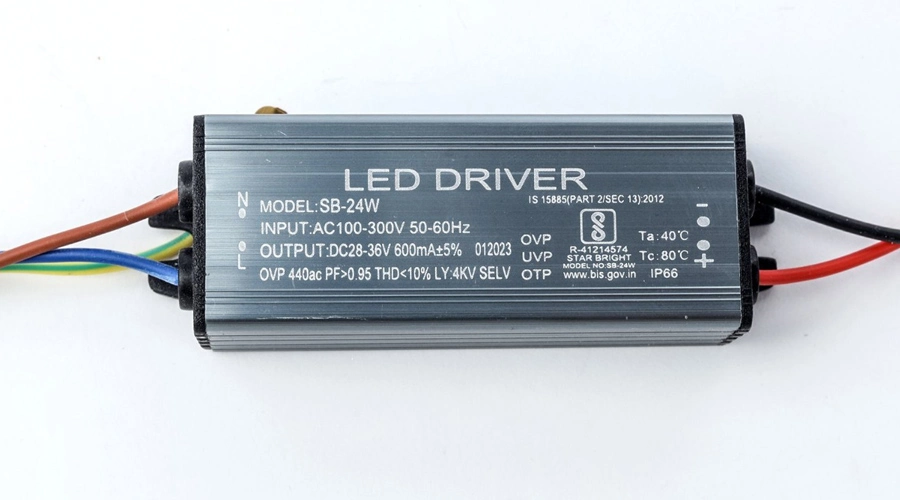
What is an LED driver?
LED driver is an electronic component responsible for supplying power and controlling current for LEDs. LED bulbs need direct current (DC), but city electricity is in the form of alternating current (AC), so the LED driver is used to convert AC power to DC and control the current required for LEDs. The LED driver usually includes several features such as LED temperature control, brightness control and current regulation.
The board drivers are uncoated and resin. These types of LED driver do not have an IP environmental protection rating and moisture easily penetrates them. Some types of LED drivers are manufactured with coating and resin and have a higher IP than non-coated and resin drivers.
What does an LED driver do?
One of the characteristics of LED drivers is that they work easily up to a temperature of 70 degrees without any problems. One of the requirements of using lighting products is to convert alternating current (AC) to direct current (DC), which requires the use of an LED driver.

A higher voltage LED driver modifies alternating current to low voltage and direct current. LED drivers also protect LEDs from voltage or current fluctuations. A change in voltage can cause a change in the current supplied to the LEDs.
The benefits of led lighting are more than other lamps and These drivers are used in many electronic applications because of their features.
Guide to led driver
- Domestic and indoor lighting : It is very important in domestic and industrial lighting. By using this device, it is possible to precisely control the electric current and voltage, and as a result, save more energy and increase the useful life of LEDs.
- LED display boards: In LED display boards, it is used to control and manage the electric current and voltage required for each LED.
- Lighting: Lighting is very important. By using the LED driver, lighting can be done with better quality and with less energy consumption.
- Other electronic devices: It is also used in many other electronic devices, such as televisions, medical devices and industrial electronic devices.
Is the LED driver just a transformer?
No, the LED driver does not contain only one transformer. The LED driver consists of several parts that are used to control the current and voltage of the LED. These parts are:
- A power supply system: This part converts the 220V 50Hz AC power input into the DC voltage required by the LEDs.
- A transformer: This part uses the input current and voltage of the LED power supply to adjust the output current and voltage.
- A control circuit: This part uses the control signal sent by the LED controller to control the current and voltage of the LED.
- A protection circuit: This part uses a protection circuit to protect the LED against current and voltage surges.
By combining these parts, the LED driver can control the current and voltage of the LED.
Although similar in function, LED drivers are different from transformers. While transformers convert "input" voltage to "output" voltage, both operate on alternating current. LED drivers convert AC to DC and subsequently provide a constant current to the LED.
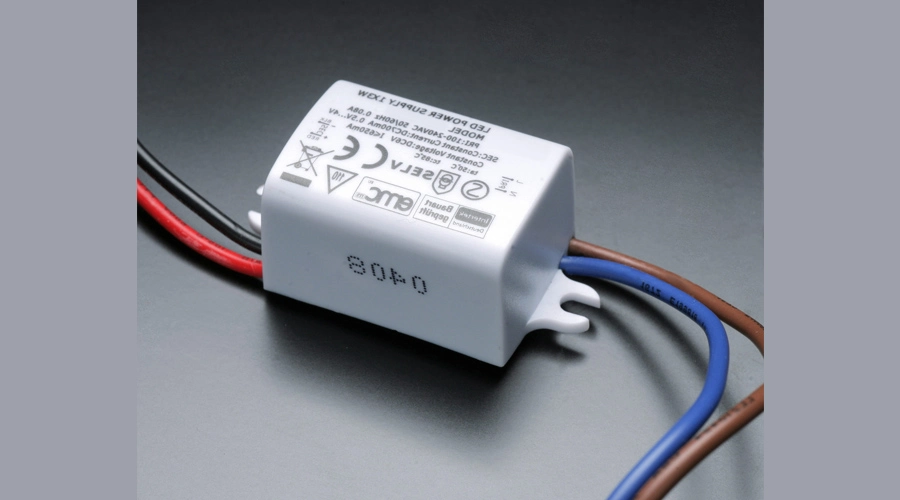
Led drivers advantages
- It is responsible for converting alternating current to direct current.
- They can easily work up to 70 degrees Celsius.
- It is used to control the electric current.
- Most drivers have operating temperatures between -20°C and +50°C.
- They are usually designed based on the working voltage of 12 V or 24 V DC.
- They can be placed both inside the product and apart from the body structure.
- Waterproof LED drivers are resistant to factors such as moisture and dust, and due to their resin coating, they are suitable for adverse weather conditions.
led driver replacement
It can be placed inside the product or separated from the body structure. In LED lamps that replace incandescent and energy-efficient CFL lamps, the driver is placed inside the body to make the lamp easy to use Because of that LED lifespan is longer than other types of lamps.
In some lighting products, the LED drivers are placed outside the product so that the driver can be easily replaced in case of problems and failures. Products such as ceiling lights, lighting panels, external lighting equipment, etc. are among these products For LED driver replacement you must pay attention to whether you need a constant current or constant voltage LED drive.
Classification of LED driver in terms of input voltage
In terms of input voltage, the LED driver is divided into two categories: alternating input (AC) and direct input (DC). However, the alternating input category is much more useful because they can use city electricity and the direct input drivers are mostly used for use with batteries.Classification of LED drivers according to the degree of protection of environmental factors. LED drivers are divided into two categories, waterproof and normal. Waterproof LED drivers have good resistance against factors such as moisture and dust and can be easily used in adverse weather conditions, but ordinary LED drivers do not have any cover and are intended for use inside buildings and environments with Normal weather conditions applicable.
Classification of LED output current driver
This driver reduces led lights flickering. Common LED drivers in the market are divided into two groups of 300 mA and higher currents according to their output current. The reason for the value of 300 milliamps is that most power and SMD LEDs need this amount of current.But other LEDs require higher currents, such as SMD Power LEDs that require currents such as 600 mA, 900 mA, 1500 mA, and 3000 mA.
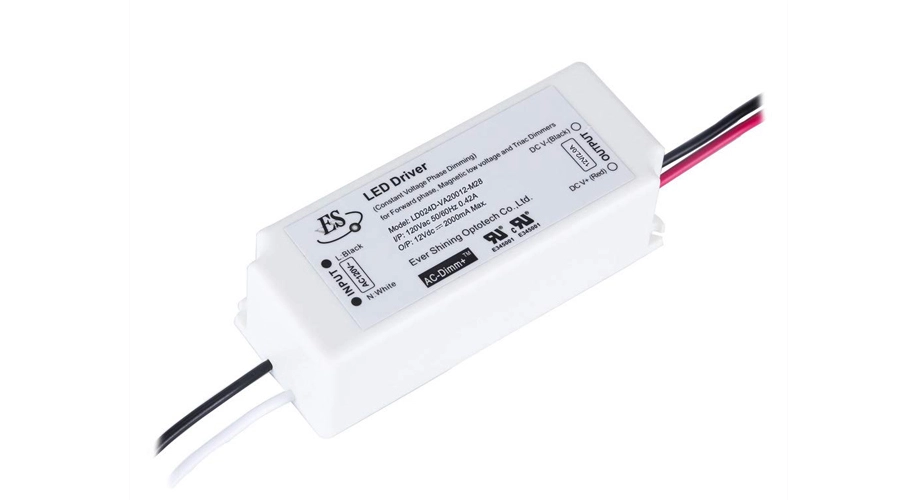
Choosing the right LED driver
The first step in buying the right LED driver is to choose whether you need constant voltage or constant current. (For example, if your power supply is directly connected to the LED, you will need a constant current driver.) Usually, After choosing this topic, you should pay attention to the specifications of your LED; Because not choosing the right driver reduces the LED's lifespan and eventually burns it. Below is a list of things you should consider:
- What is the working voltage and current of your LED?
- Should the input voltage be AC or DC? (In general, LEDs need DC.)
- What are the dimensions of the driver you are considering? (restriction or non-restriction in the space used for the driver)
- Does your driver need dimmer capability?
- Do you need an isolated or non-isolated driver?
Dimmable led driver
LED drivers are one of the important lighting components that are divided into two types alternating input or AC and direct input or DC. AC drivers, for example, take alternating current and convert it into direct current.LEDs usually need direct current to function properly; AC drivers are mostly used by manufacturers.
You may remember that in the not-so-distant past, some lights inside the houses could control the output light using dimmer switches. According to the mechanism of filament lamps and the use of Ohm's law, it was possible to control the voltage of the lamp and thus control the light. But in the next generation, which is the first generation of low-consumption lamps (CFL lamps), this capability does not exist. Most of you have probably done this test for second and even third-generation Tesla bulbs (energy-saving LED bulbs) so you can control the light output. However, it should be noted that if LED lamps use normal drivers, we cannot use normal dimmers in their path. But that doesn't mean that LED lights can't be dimmed. The driver used to run the LED should be able to do this. Dimmable LED driver has two categories:
- dimmable LED driver that can be placed directly in the path of the dimmer.
- dimmable LED driver that can control the output using 1-10 volt dimmers. The second type has a separate input to connect it to the corresponding dimmer
